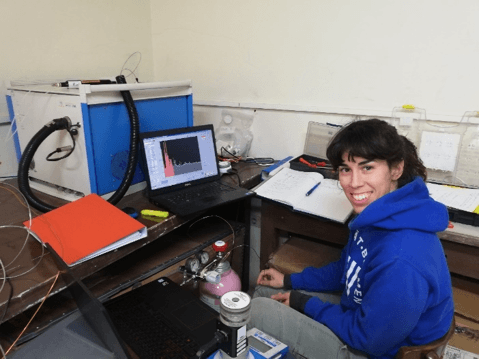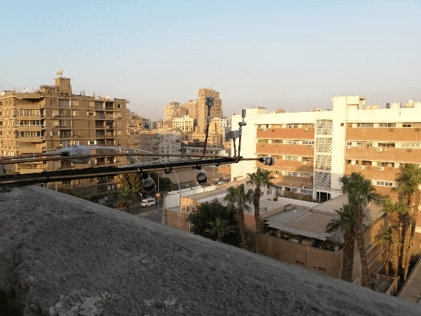POLlution in CAIRo (POLCAIR)
-
Future decadal projections identify the Eastern Mediterranean Basin as a potential hotspot for deteriorating air quality and accelerated warming—significantly more pronounced than in many other parts of the world. Urban anthropogenic emissions of particulate matter and gaseous pollutants are among the primary contributors to these environmental stresses, affecting not only atmospheric conditions but also public health.
Egypt was one of the top 15 ranked countries of premature mortality linked to outdoor air pollution in 2010. Greater Cairo, a megalopolis of more than 20 million inhabitants, has the worst air pollution in Egypt, with levels of air pollution ranging from 10 to 100 times higher than the standards set by the WHO. In this context, there is an urgent need to better identify the pollutants and understand the link between the sources of pollution and the state of health in this sensitive region, subject to unprecedented climate change.
In this context, the POLCAIR project set out to investigate the sources and impacts of anthropogenic air pollution in Greater Cairo, one of the largest and most densely populated megacities in the region. The project brought together a multidisciplinary, international team from Cyprus, France, Egypt, and Lebanon, with the Cyprus Atmospheric Observatory (CAO) contributing to an intensive field campaign.
Between November 2019 and January 2020, the team carried out comprehensive atmospheric measurements on the rooftop of the Physics Department at the National Research Center (NRC) in central Cairo. This marked the first time such an extensive set of gaseous and particulate pollutants was measured in the city.
-
State-of-the-art online instrumentation (including Q-ACSM, SMPS, Aethalometer, OPC, HTDMA, PTR-MS, and GC-FID) was deployed alongside offline sampling techniques (for PM1, PM10, and VOCs). These efforts aimed to continuously monitor the physico-chemical composition of fine particles and gaseous pollutants and to quantify in real time the markers that trace their origin.
The campaign’s findings revealed a unique type of urban haze over Cairo, largely driven by ammonium chloride (NH₄Cl)—a highly hygroscopic compound formed from the interaction of ammonia and hydrochloric acid, mainly emitted through open biomass and waste burning. This semi-volatile salt accounted for nearly half of the submicron aerosol mass (PM₁) during pollution episodes and contributed significantly to morning haze through water uptake. Crustal material from road resuspension and desert dust, often overlooked in PM₁ studies, made up an unusually large portion (up to 24%, and up to 66% during dust events). Notably, black carbon and ammonium sulfate levels had declined compared to previous decades, suggesting the partial success of local mitigation efforts. These insights offer a more refined understanding of the chemical complexity and health implications of air pollution in Cairo.
Read the full peer-reviewed publication in Environment International:
This work was supported on the Cypriot side by the H2020 EMME-CARE project (Eastern Mediterranean and Middle East Climate and Atmosphere Research Centre).



